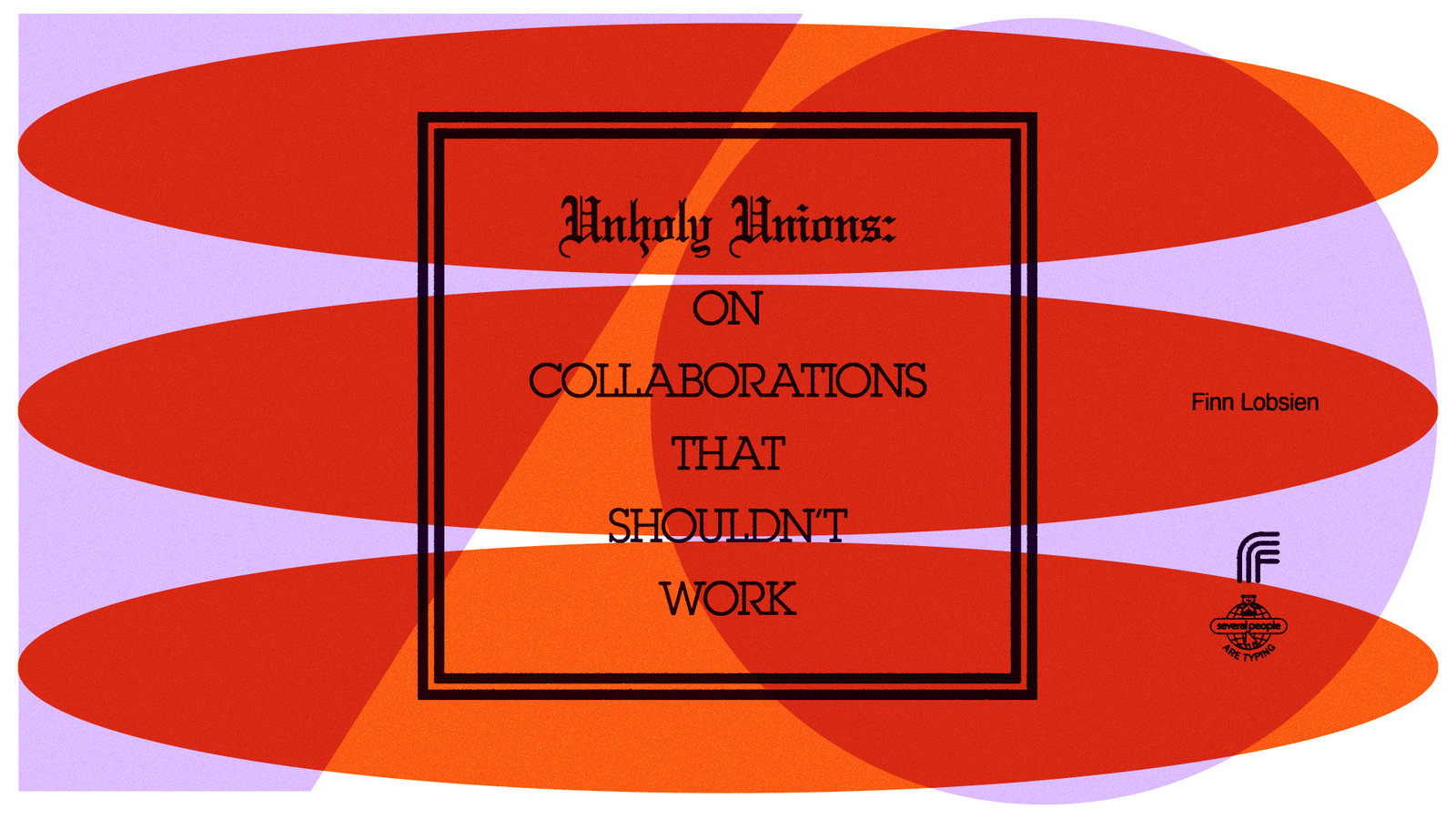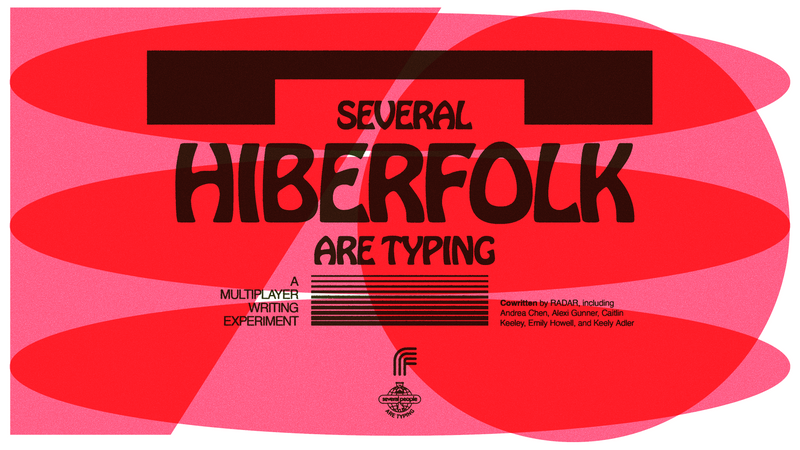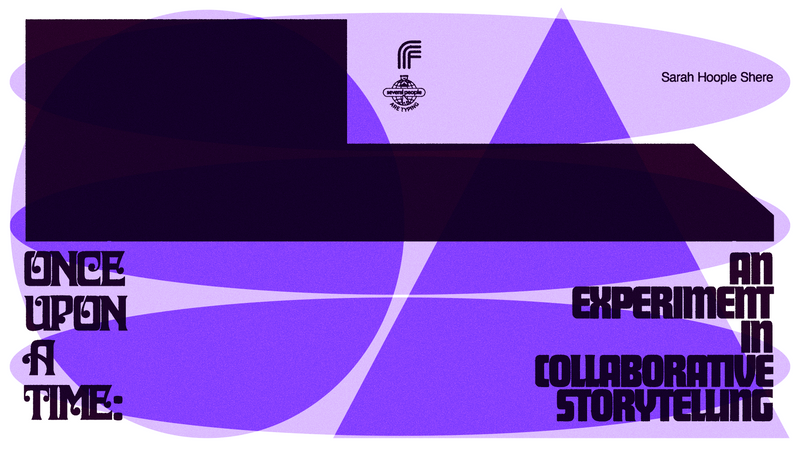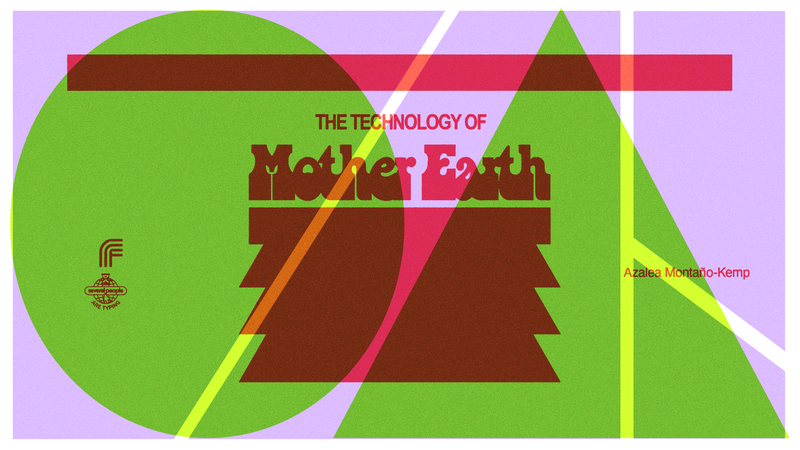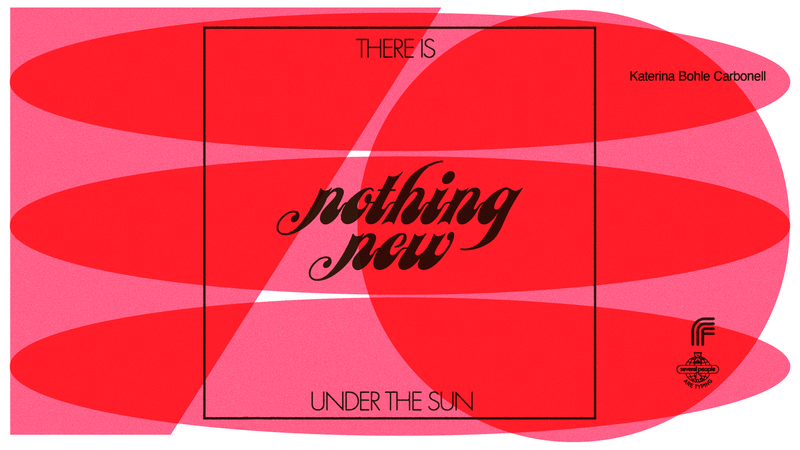This piece was written by Finn Lobsien.
Industrial-age companies were mostly manufacturers. They sold their wares and distributed them but didn’t foray far into culture. They sponsored events or barraged us with enough ads to popularize a slogan, but they rarely deviated from making products and selling them.
Over the past decades, those lines have blurred and eventually vanished, as companies became brands. They stopped representing products and started representing ideas, feelings and moods.
Brands Became the Culture
In 2016, as one of the world’s most influential brands unveiled their newest collection, streetwear had something of a Duchamp moment. Along with hoodies, winter parkas and other expected items, Supreme also sold a brick.
Not a brick with something inside, not a brick on a necklace. Supreme sold an ordinary brick that would not stick out in a Brooklyn facade.
This felt like the fashion industry’s movie villain speech: “We can stamp our logo on anything, no matter how pointless, and charge you a premium for it. The only thing worse than that? You’ll love it.”
And people did love it. The bricks sold for up to $1,000 in resale. Even seven years later, they still sell for hundreds of dollars.
Since then and even before, weird collaborations have proliferated:
- Supreme printed their premium-commanding logo on dog bowls, fire extinguishers, a crowbar, toothpaste, a coffee maker… the list goes on.
- Nike teamed up with Ben & Jerry’s, Honey Nut Cheerios, and dozens of other unexpected partners to create shoes.
- Kanye West made music with Paul McCartney.
- Neuroscientist Andrew Huberman appeared on comedian Andrew Schulz’s podcast.
- Comedian Theo Von came on Navy SEAL commander Jocko Willink’s podcast.
- Actors and other celebrities launched alcohol brands and other ventures to become business magnates.
The above are just a few examples of thousands of collaborations that blur mimetic boundaries, of which we’ve seen so many. These stick out in a world where making and selling a product is easier than ever.
It’s so easy to spin up a generic clothing brand, drop-shipping store or YouTube channel that only the truly unique stands out. This is where weird collaborations shine: When a fashion brand releases a brick, it stands out even when everything else is commoditized.
In this essay, I’ll explore why these “weird” collaborations can work, what makes them weird, and what that means for the future of culture writ large.
Before diving into unexpected collaborations, let’s explore obvious ones to understand why collaboration matters in the first place.
Obvious Collaborations
When we talk about collaborations today, our first instinct is to view them as blends of creative energies. But at their core, collaborations make economic sense. So let’s look behind the scenes to understand why collaborations work.
At its core, collaboration is about specialization and gains from trade: If two companies (or individuals, countries, etc.) each need two goods, they should specialize in one each and trade.
The specialization will create benefits of scale and produce knowledge to innovate and create better goods. This results in better goods at a lower cost, meaning both companies get what they need for less.
Specialization and gains from trade are economics concepts, but also exist in culture. This might look like a rapper and a beat producer collaborating on music. The rapper may not have the skill to produce a good beat, and the producer may not rap very well. When each focuses on one skill, they both get better, and the combination of their two skills is better than what each could’ve made alone.
Whether it’s about creative energy or economics, collaborations produce something neither partner could’ve created on their own. For instance:
- Rappers collaborate with producers.
- Comedians appear as guests on each other’s podcasts.
- Artists collaborate to co-create artwork.
These create a better product when creative skills and energies blend. But in a world where culture and commerce blend, they also make economic sense: When more views equate to more money, bringing in two audiences (not one) creates better results for both sides.
But how do we make sense of the Supreme brick? Supreme has no knowledge that would help a brickmaker, and the brickmaker probably didn’t share much with Supreme about fashion design.
Unobvious Collaborations
Obvious collaborations improve products, unobvious collaborations don’t: A brick, crowbar or coffee maker looks different when Supreme collaborates with it, but doesn’t become more useful.
Let’s look at Nike’s Ben & Jerry’s shoe:
Ben & Jerry’s has as much authority in the fashion world as Nike does in the ice cream market. Neither company has intentions to enter each other’s market. The sneaker is no better as a result of Ben & Jerry’s influence – colors, packaging, texture and logo differ, but the shoe doesn’t fit better.
And yet, the collaboration worked. In fact, the shoe sold for $100 at retail and is hard to buy for under $1,000 now. That’s because unobvious collaborations don’t improve the product in terms of what it does, but transform what the product is.
Supreme is such a strong cultural entity that its logo turns bricks, crowbars and dog bowls into collectibles.
One reason this happens is the commoditization of supply chains and logistics. Decades ago, even printing your design on T-shirts was hard.
You had to make a design on paper, pay a printer to put it on a printing screen, and buy their minimum order quantity (incurring an invoice for 100+ shirts). Next, you needed to store 100+ T-shirts. That was before you even attempted to market your shirts with newspaper ads and posters.
Today, you integrate Shopify and Printful, upload Canva designs and buy Facebook ads. Total time invested? A few hours, maybe. The supply chains, logistics, minimum order quantities, etc. have become commodities.
However, in the industrial paradigm of the economy, companies owned machines, facilities and supply chains to orchestrate moving physical goods.
Their advantage was the ability to make things. If you removed the logo from most products, it would’ve retained the same utility because nobody else could manufacture the same thing. But if you remove the logo on a Supreme brick, it stops being a collectible and becomes a mere brick again.
This gives us a clue about why unobvious collaborations work. When you remove the logo, the object changes (or loses) its purpose. Applying a logo, colors and patterns (and their cultural meaning) is now the core of collaboration – not the exchange of business capabilities.
The essence of a brand emerges when you separate it from its core products. Let’s borrow an example from Seth Godin. Imagine Nike built a hotel. We can imagine ubiquitous workout classes, kale smoothies at the breakfast buffet, and the supersized gym. Now imagine what a Hilton sneaker might look like. Not much comes to mind – at least nothing beyond a generic sneaker.
This is precisely what a Nike x Ben & Jerry’s collaboration does: It separates the cultural real estate of Ben & Jerry’s from its usual product. The sneaker wasn’t made of ice cream and didn’t contain any. The only identifiers are the colors, patterns and naming convention.
In 2016, Supreme knew its cultural real estate had ballooned; the brand started as a skate shop in 1994, but now meant exclusivity. And if Supreme meant exclusivity, anything could be exclusive. Even a brick.
Like the Supreme brick, unobvious collaborations blur the boundaries between product and brand. In the industrial paradigm, a brand represented a product. Nowadays a brand is a piece of culture that usurps other categories. The further it can reach from its territory, the stronger the brand.
Dominant brands are showing they can absorb any cultural territory and make it theirs.
Ben & Jerry’s is no stranger to the unobvious collab, having made flavors with Netflix, Colin Kaepernick and Chance the Rapper – showing that it too has become a cultural container larger than ice cream.
The uncomfortable truth that brands are more expensive just because they can be is accurate. And not only is it accurate – it’s the point. These days, collaborations between brands have grown beyond the exchange of capabilities and have expanded to dig for gold at unexplored cultural intersections.
The Future of Collaborations: Unauthorized, Chaotic and Messy?
Thus far, we’ve discussed collaborations in which one brand licenses its assets to another to produce something together. Ben & Jerry’s gave Nike permission to use their name and colors to make a shoe using their branding.
This involves logistics, paperwork, supply chains and manufacturing capabilities. But in our post-industrial economy, those are a given. The separation of brand from product means these collaborations are between cultural constructs.
But companies will realize that competing for cultural meaning differs from competing for dominance in a supply chain. In the industrial paradigm, consumers played a passive role: They could buy a product or not. Culture is different: We’re all continuously constructing it. If brands want to be culture, they need to act like it.
What Does This Mean for the Future of Collaborations?
Culture is composable. If brands want to be culture, they must become remixable and allow/invite others to co-construct their brand. That’s why I expect collaborations to become more messy, blur more lines and be less official.
This shift is starting at the frontiers of culture. Art collective/sneaker brand/??? MSCHF created “Jesus Shoes” from a pair of Nike Air Max 97s by filling the bubble with holy water.
What looks like a funny (and profitable) stunt is actually an intricate cultural phenomenon: A third party (MSCHF) bought Nike shoes, filled them with holy water and thus “collaborated” with a major religion to create a desirable product.
Although Nike had sneaker sites remove this unauthorized collaboration, “Jesus Shoes” still sell for thousands of dollars, indicating MSCHF found an unexplored intersection of culture.
Nike is a traditional company that fiercely protects its brand and didn’t appreciate MSCHF’s, well, mischief. It later sued MSCHF over their 2021 project “Satan Shoes.” As one of the world’s most valuable brands, Nike has a reputation to lose and protects its intellectual property with a legion of lawyers.
But the next generation of brands might look different: Nouns DAO is an experiment in starting a brand without any products. The only thing Nouns DAO “sells” are pixel art character NFTs with colorful glasses. Those proceeds enter a treasury. Next, NFT holders vote on proposals to fund with the treasury.
A proposal might request money for technical upgrades, media creation or physical products. Nouns-branded projects include:
- Athlete sponsorships from skateboarding to inline skating and eSports teams
- A barbershop in the Dominican Republic
- A feature in a Superbowl ad
- Museum benches in Shanghai
- Specialty coffee
- Various merchandise and media initiatives
This is a tiny sample of hundreds of “nounish” (meaning branded with the Nouns’ colorful glasses) projects. From digital media to physical products, Nouns are starting as what Supreme became: cultural real estate that brands whatever it touches. Nouns is pure unobvious collaboration.
In contrast to conventional brands, all Nouns-related intellectual property uses a Creative Commons Zero (CC0) license, meaning there are no rights reserved. Anyone has permission to use their IP for anything.
This allows anyone to create nounish products, services or media and benefit from the existing audience Nouns has attracted. Nouns DAO’s thesis is that the more recognizable its brand becomes, the more valuable it is to influence how its (currently) $54 million treasury is spent.
Like all NFT projects, Nouns is experimental. It might become the first of a new type of product-agnostic megabrand. Or it might become a failed experiment that redistributed a few dozen million dollars from rich collectors to artists, makers and coders.
Whether Nouns’ culture-only approach works out or not, brands are becoming culture and subordinating themselves to it. Even Ferrari’s F1 team posted a green-screened picture of their best driver for people to remix. While this is not a collaboration you can purchase on the market, it demonstrates that even guarded luxury brands know that culture is constructed by all of us – and that if they are to become culture, they must let us co-construct what they represent.

